Illusion of the same color | ||||
Illusion of the same color |  Automatic translation Automatic translation | Updated June 01, 2013 | ||
This illusion is called illusion of the same color. | Similar illusions also occur in the sky, such as that relating to the apparent size of the moon when it is near the horizon, or some form of astronomical objects. Image: Called the Checker shadow illusion of Adelson, the Checker shadow is an optical illusion published by Ted Adelson in 1995. | 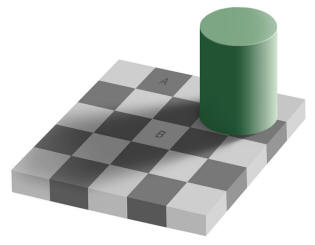 | ||
"The data available on this site may be used provided that the source is duly acknowledged."



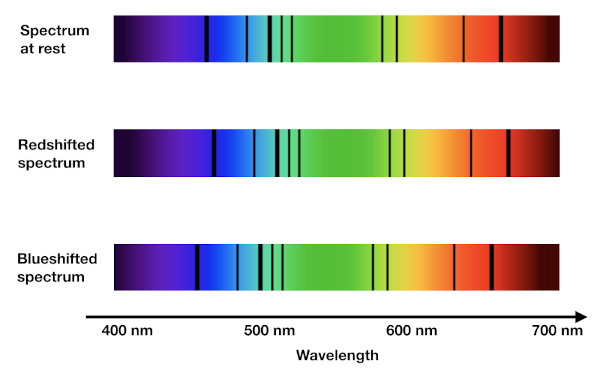 Redshift calculation (z)
Redshift calculation (z)
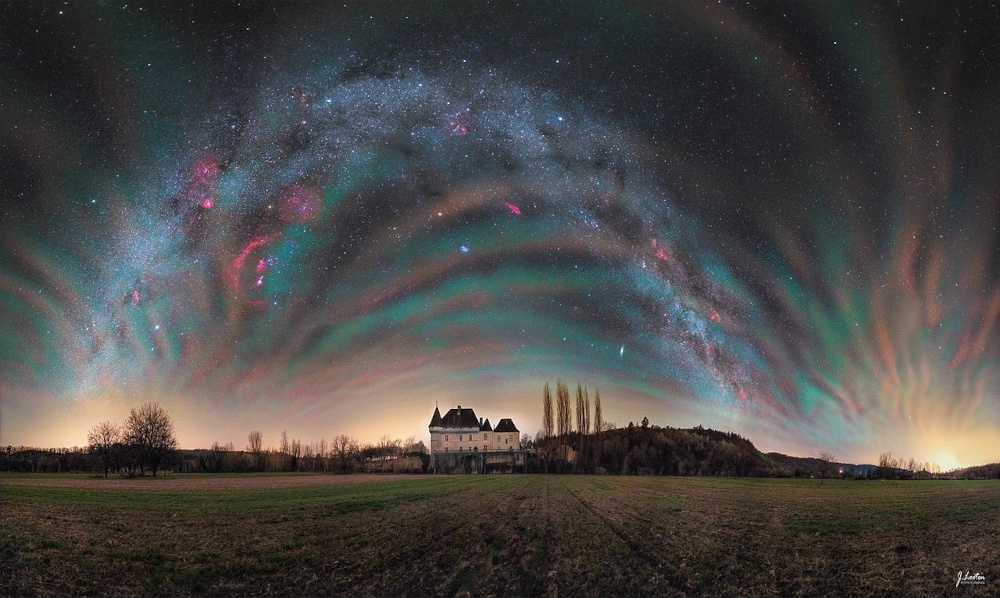 Spectacular airglow in France
Spectacular airglow in France
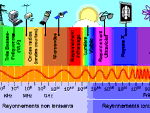 Light, all the light of the spectrum
Light, all the light of the spectrum
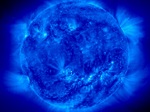 The spicules of the Blue Sun
The spicules of the Blue Sun
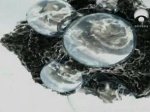 Global dimming
Global dimming
 Solar pillar, a link between sky and earth
Solar pillar, a link between sky and earth
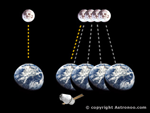 The speed of light and space-time
The speed of light and space-time
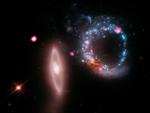 The Universe of X-rays
The Universe of X-rays
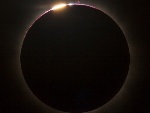 Diamond rings above the Pacific
Diamond rings above the Pacific
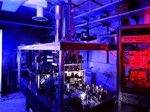 The incredible precision of the second
The incredible precision of the second
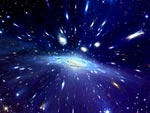 Effects of light aberration
Effects of light aberration
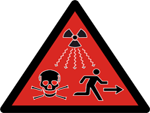 Radioactivity, natural and artificial
Radioactivity, natural and artificial
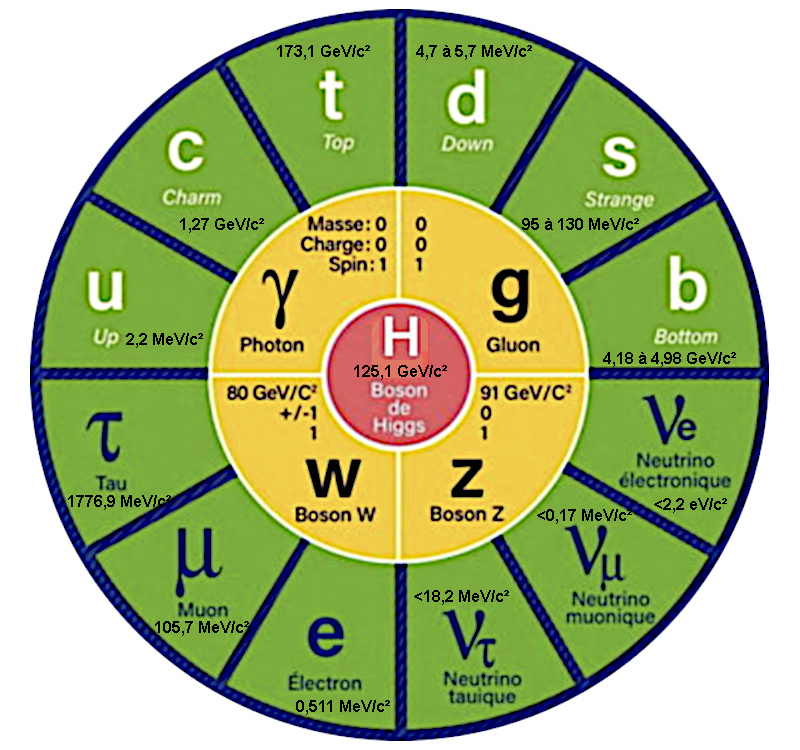 Why do elementary particles have no mass?
Why do elementary particles have no mass?
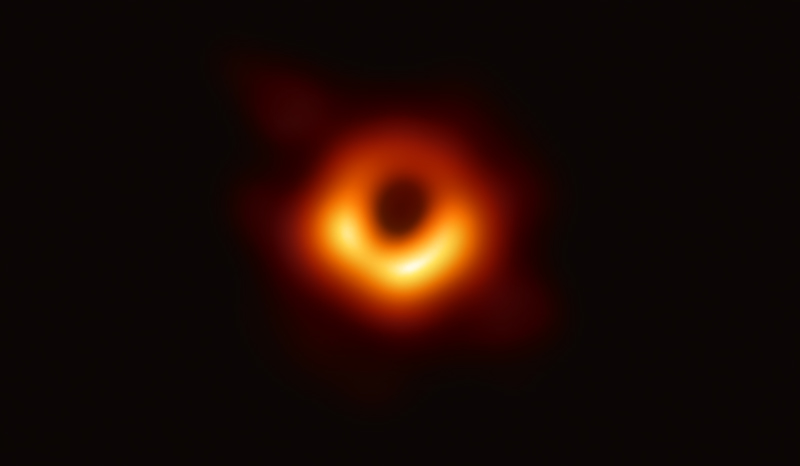 The shadow of the black hole
The shadow of the black hole
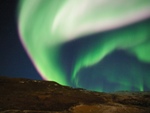 Dawn and its rays of light
Dawn and its rays of light
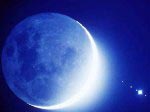 The Blue Moon
The Blue Moon
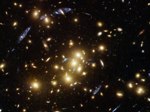 Gravitational illusion or gravitational lens
Gravitational illusion or gravitational lens
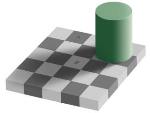 The incredible illusion of the same color
The incredible illusion of the same color
 Perfect storm and devastating effects
Perfect storm and devastating effects
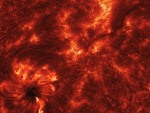 The infernal journey of the photon
The infernal journey of the photon
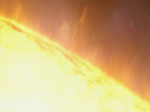 The power of the Sun
The power of the Sun
 Bioluminescence of living organisms
Bioluminescence of living organisms
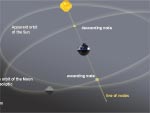 Eclipses explained by the plane of the orbit
Eclipses explained by the plane of the orbit
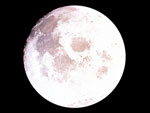 Super Moon
Super Moon
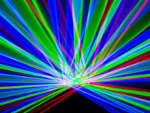 Laser light
Laser light
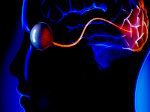 We do not see with our eyes but with our brain
We do not see with our eyes but with our brain
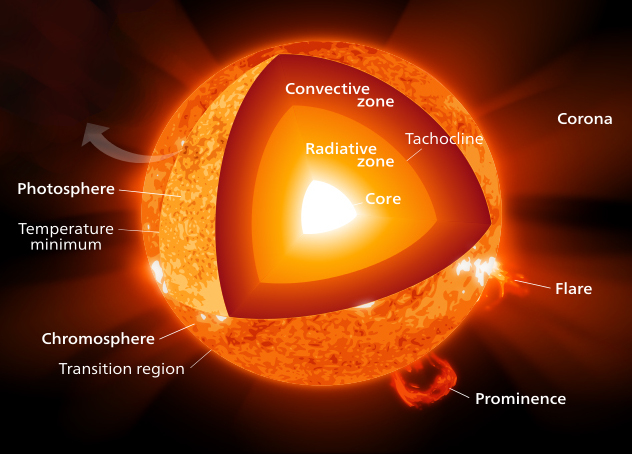 Differences between heat and temperature
Differences between heat and temperature
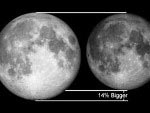 Big Moon Illusion
Big Moon Illusion
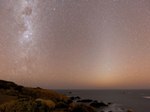 Zodiacal light, the diffuse white glow
Zodiacal light, the diffuse white glow
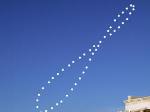 Explanation of the 8 of the analemma
Explanation of the 8 of the analemma
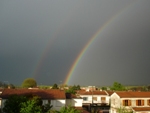 The colors of the rainbow
The colors of the rainbow
 Shadow of the Earth anti-twilight ark
Shadow of the Earth anti-twilight ark
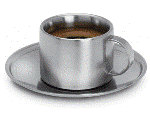 How many photons to heat a cup of coffee?
How many photons to heat a cup of coffee?
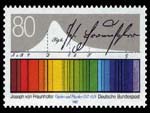 Spectroscopy, an inexhaustible source of information
Spectroscopy, an inexhaustible source of information
 The Cherenkov light
The Cherenkov light
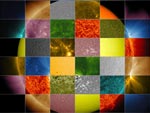 The lights of the Sun
The lights of the Sun
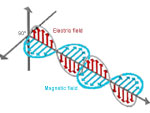 What is a wave?
What is a wave?
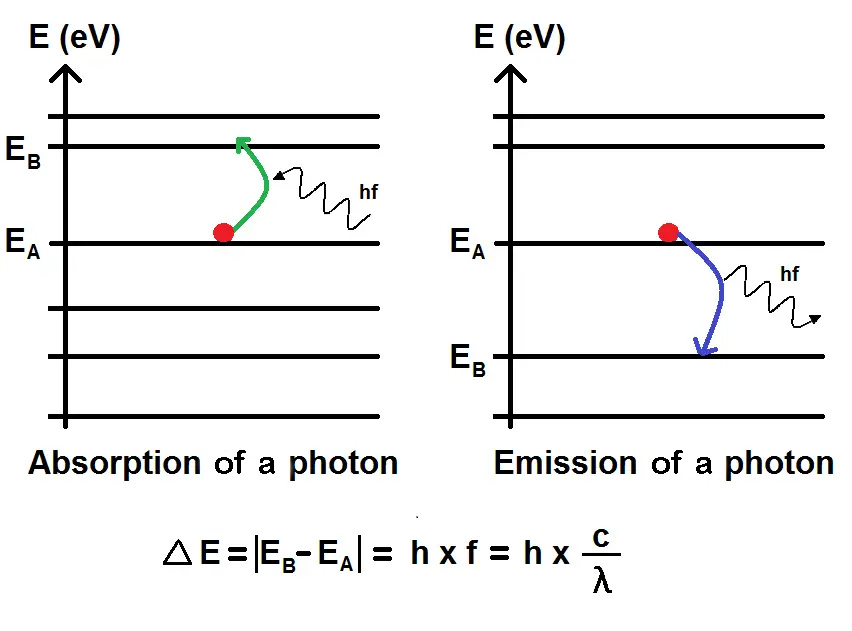 Planck's equation and black body light
Planck's equation and black body light
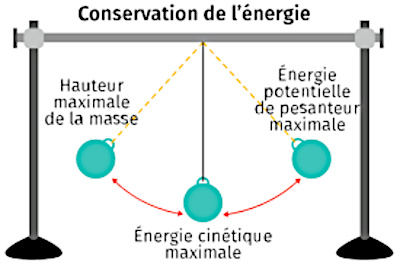 Energy Conservation
Energy Conservation